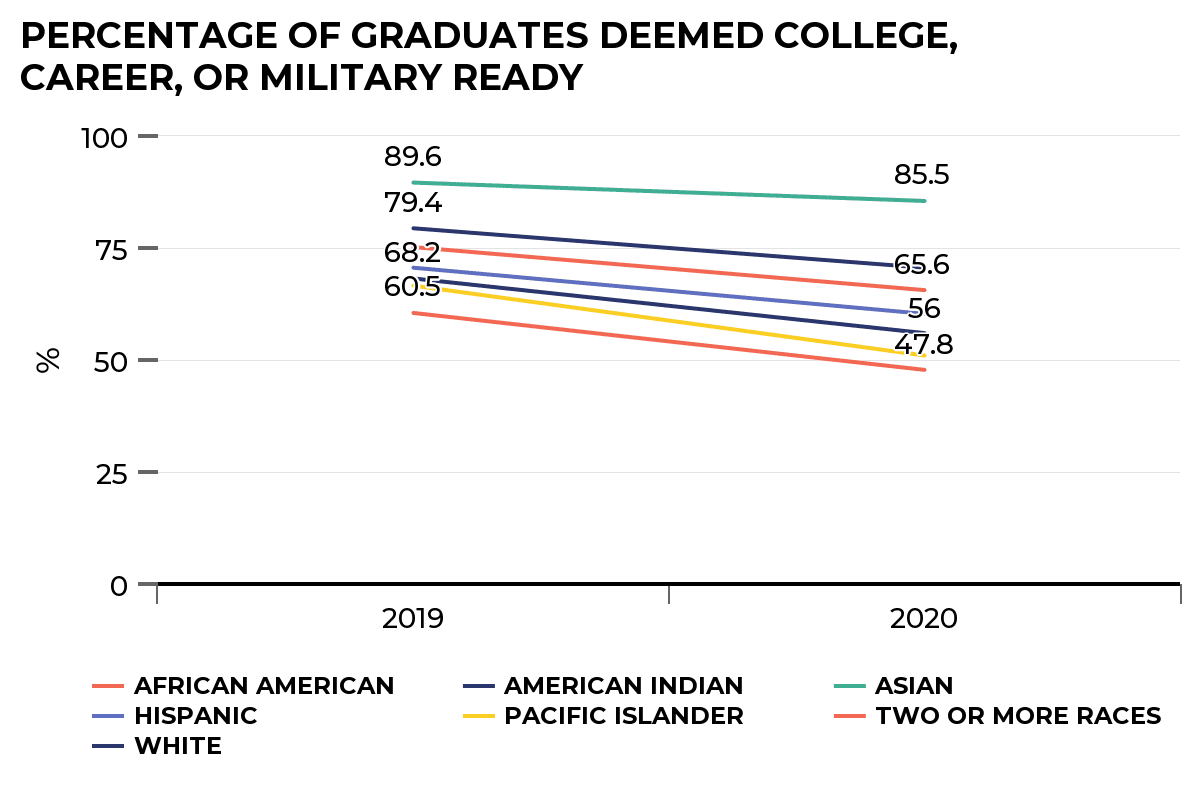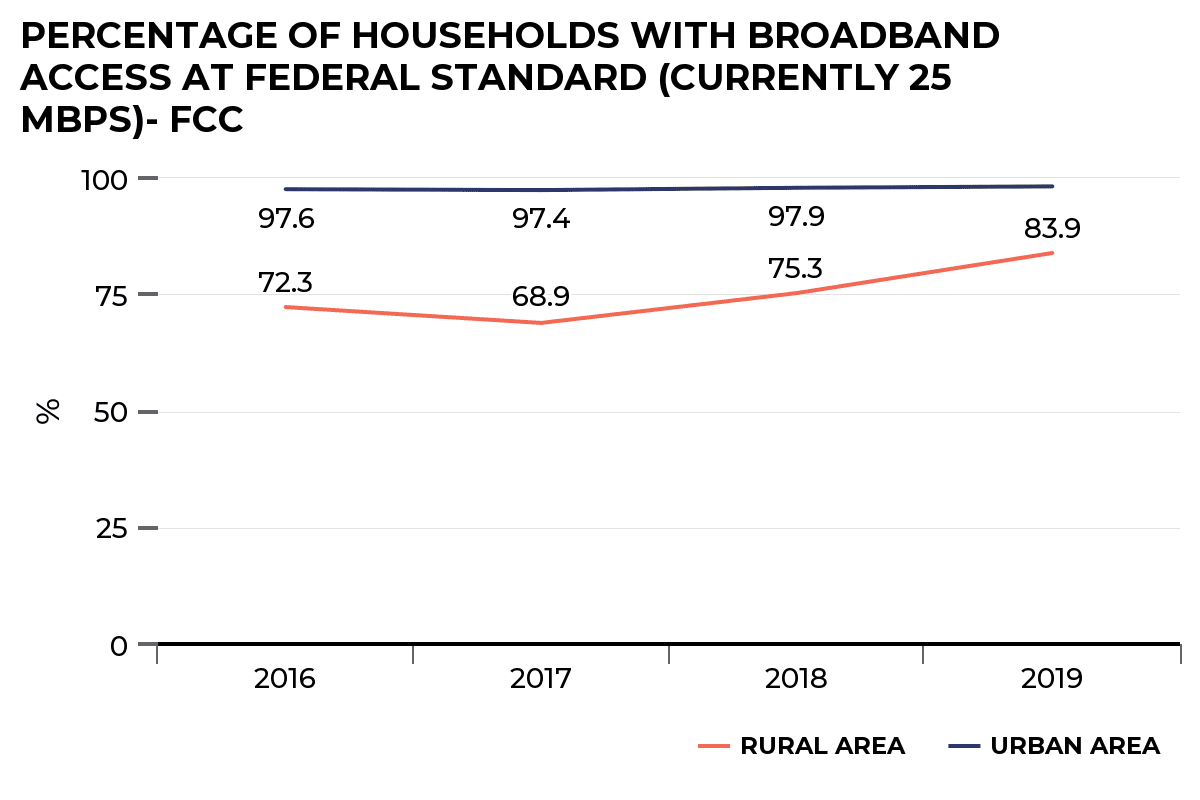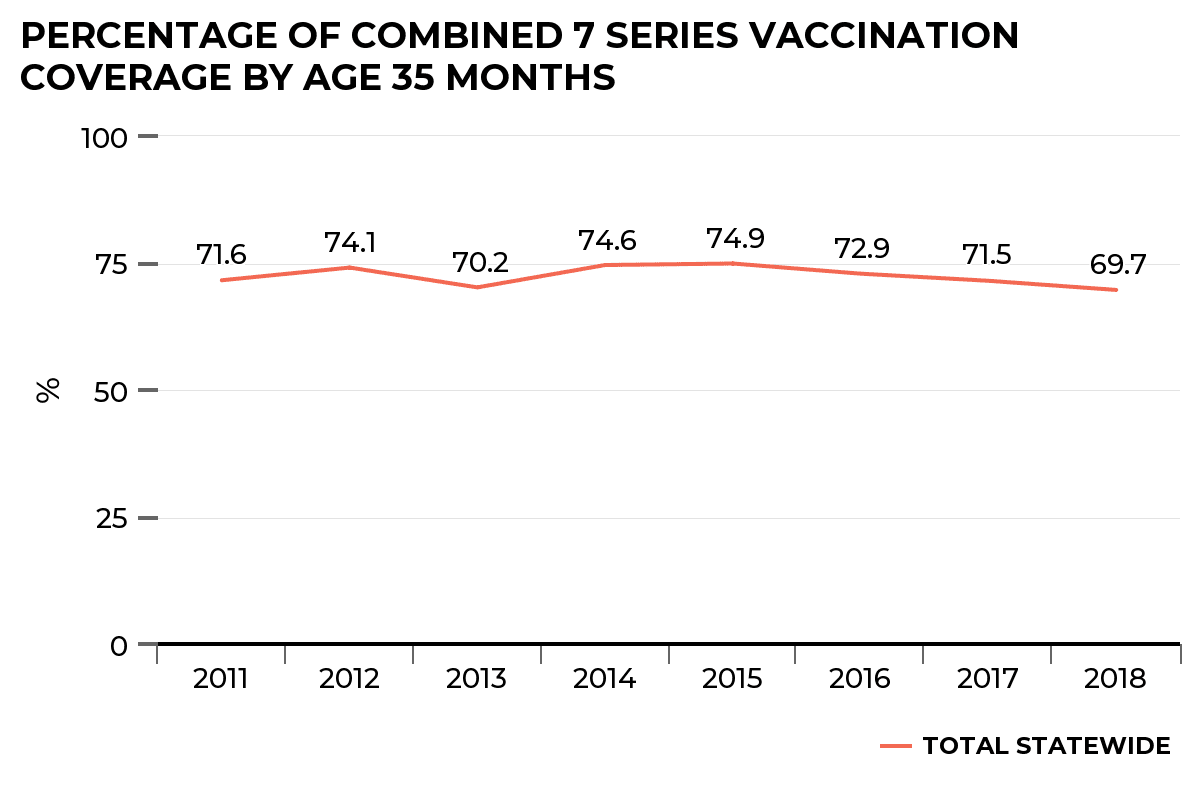Exploring cross-cutting themes in the Strategic Framework
Exploring cross-cutting themes is part of our blog series for Texas 2036’s Strategic Framework, which provides in-depth, cross-cutting data to inform key decisions about the most significant issues facing the state.
In addition to updating the 36 aspirational goals for the state of Texas in the second edition of our Strategic Framework, our data and policy teams collaboratively developed cross-cutting themes that offer various lenses and a sophisticated approach on several goals. Equity, rural, children, social determinants of health and aligned accountability — the way in which our state and local governments interact — were identified as the themes.
By using these themes, we can further disaggregate the data and delve further into more specific circumstances that impact the population of Texas.
It’s one thing to demonstrate progress with our education goals, such as high school completion and career-preparedness rates, but are we closing equity gaps and making progress for students who may face disproportionate challenges, including Black and Hispanic students, as well?
Our equity lens enables us to support metrics that examine disparities such as the example we provide below.
When we first initiated our refresh for this long-term planning document, our team considered specific, independent and singular goals for subjects, such as rural communities and social determinants of health. However, the team had the foresight and organizational discipline to recognize that these themes overlapped with so many of our existing goals.
A singular goal of equity for all Texans would be less measurable or actionable, and therefore would not be in service to the entirety of the framework. By applying these cross-cutting themes, our team chose to embrace the complexity that these broader concepts represent and utilize them in a way that can ultimately impact more of our policy considerations for the long-term.
Here are a few examples of these cross-cutting themes at work:
Equity
Goal #3 K-12: Texas students graduate high school prepared to enter college and career
Statistics show inequities in education. Only 48% of Black and 60% of Hispanic high school graduates meet state criteria to be college, career or military ready.

Rural
Goal #14 Digital Connectivity: Texans can digitally participate in economic opportunities and essential services
Rural communities are vital to Texas’ economy but lack the opportunity to digitally participate in economic opportunities and essential services. In 2019, 16% of all rural Texans lacked internet access compared to only 2% of Texans living in urban areas. Broadband access is a critical component to improving health outcomes, education, and economic opportunities such as delivering telemedicine, online learning and remote work.

Children
Goal #11 Health Care Quality: Health care services produce positive, measurable outcomes to patients
Children are one of our most vulnerable populations yet face the most barriers to quality of life. Within the last 7 years, childhood vaccine rates have sharply declined putting children at risk of vaccine-preventable illnesses. Texas ranks last among peer states for child vaccination rates.

